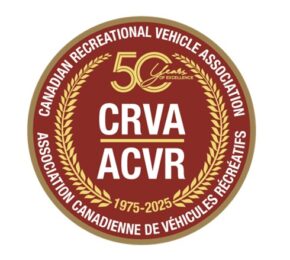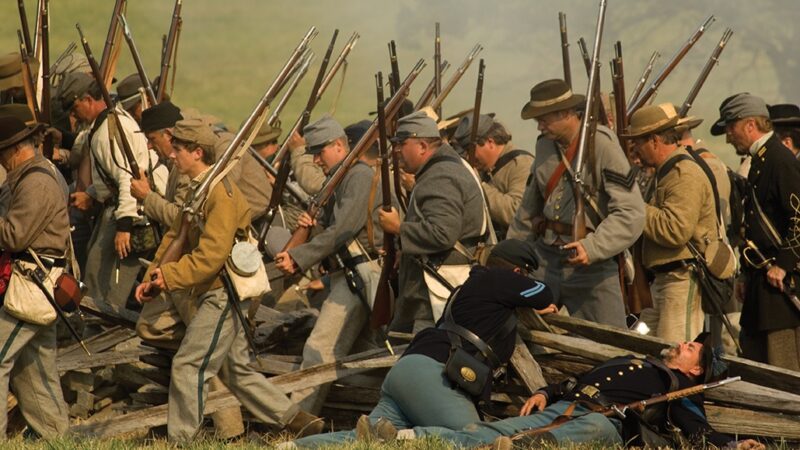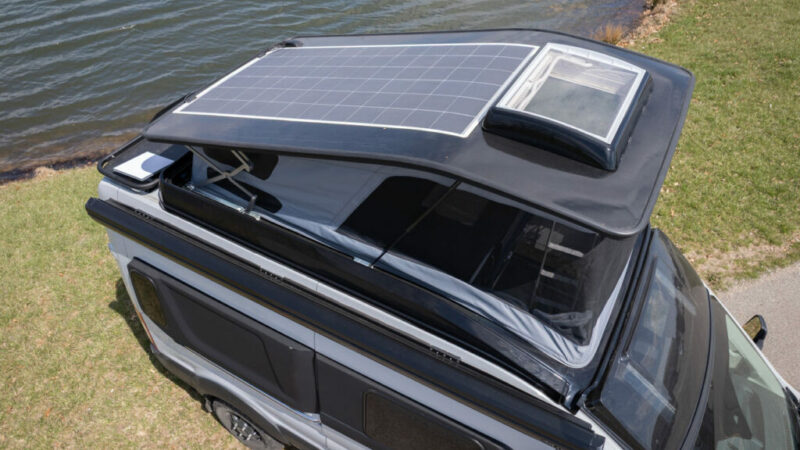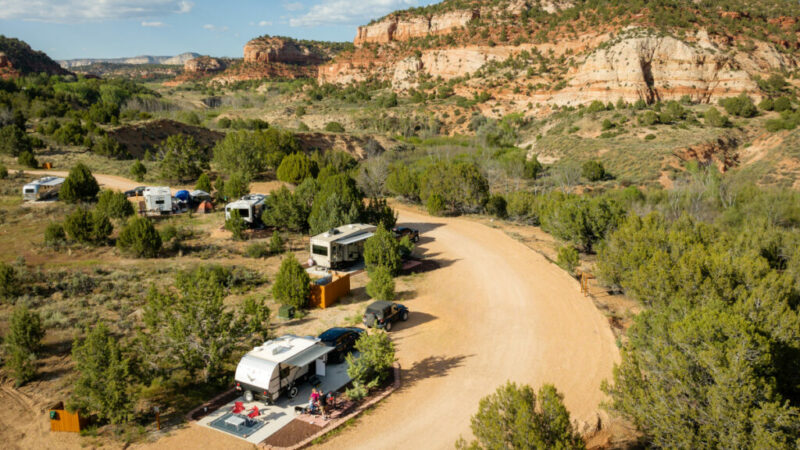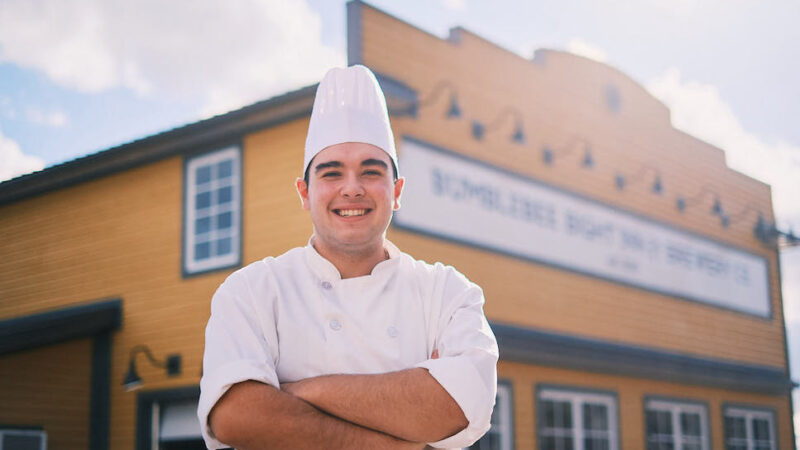It’s Maple Syrup Time!
Sweet sensations for the RV family!
Story and photos by James Stoness
The crisp mornings of spring herald longer days, melting snow, and thoughts of warm days in the sun. There is another ritual that signals spring is on the way. Across the maple tree belt of Ontario, farm families will head for the woods and in a few days the sweet aroma of boiling sap will float in the air around countless sugar shacks.
Producing maple syrup from maple sap is a tradition that stretches back into the ages. The Algonquin North American Indians made maple syrup before white men arrived in Canada. How they discovered it, no one knows, but somewhere along the ages they learned to concentrate maple sap and get maple syrup, and maple sugar. Using buckets made from birch bark they heated sap by heating stones in a fire, and then transferring the hot stones to the bucket. Possibly a family used sap from a dripping maple tree as a substitute for water and discovered that the ‘water’ got sweeter the longer they heated it. However it happened, the technique took off and soon they were heating the sap in hollowed out logs, and possibly in rough clay pots. They tapped the trees by making slash marks in the bark of the maple tree and used pieces of bark to duct the sap into their collecting buckets. Since the product was sweet, and nutritious, they drank it as a sweetened drink, or produced syrup, and also made maple sugar.
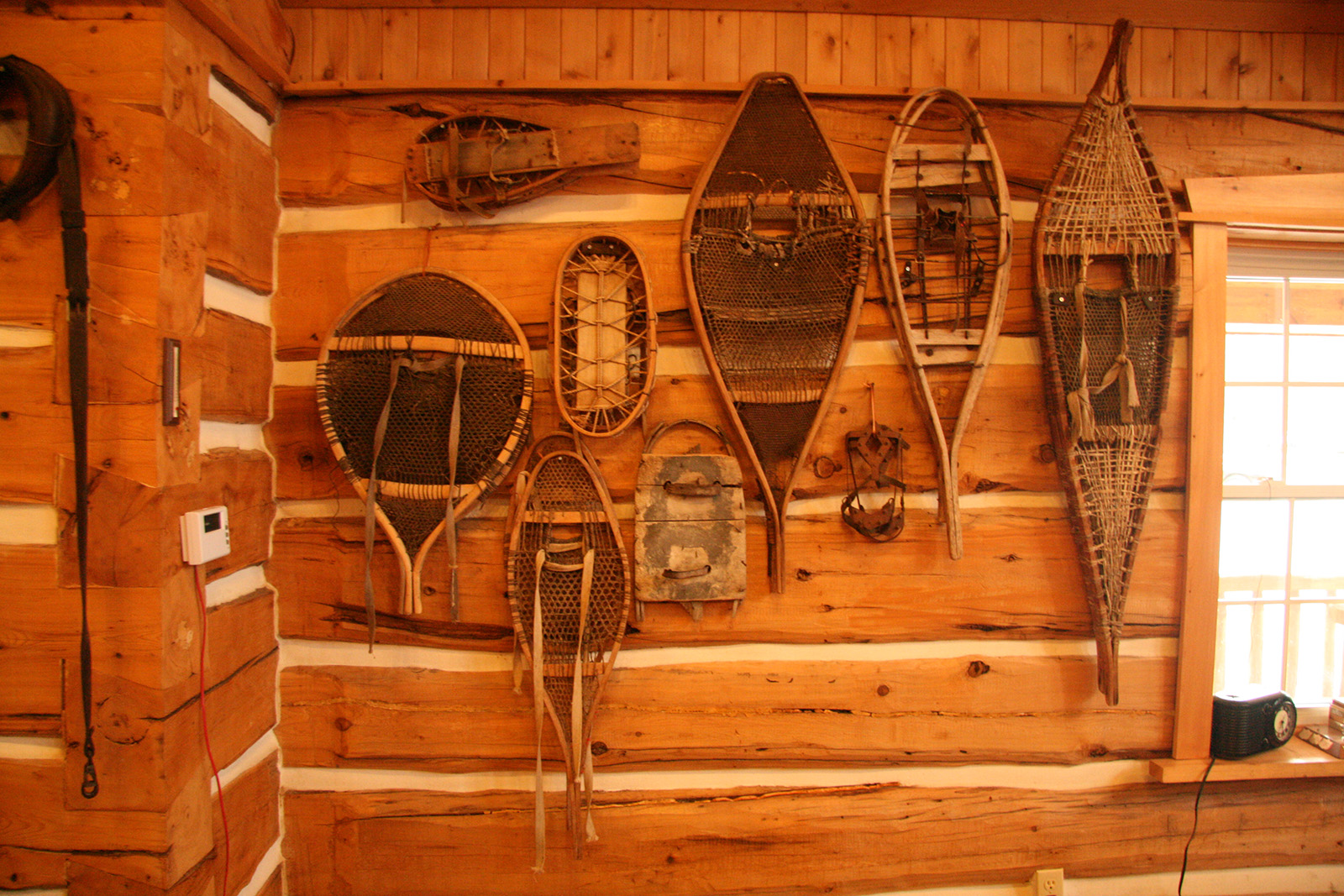
Settlers arriving in North America had the advantage of metal containers and the skills to produce wooden buckets. They boiled the sap in large iron pots suspended in a tripod over the fire. To keep rain out of the product they often built simple roof shelters much as the Indians had done, and later built little sugar shacks. Even today it’s still called a sugar shack, even though producers are likely only making maple syrup in it, and some of the more elaborate ones definitely do not look like a shack. To make a litre of maple syrup it is necessary to boil away 40 litres of water, and sometimes when the sap is low in sugar content, it might be necessary to boil away 50 or more litres of water just to make one litre of sweet tasting maple syrup. That’s a lot of water to evaporate to get the maple syrup!
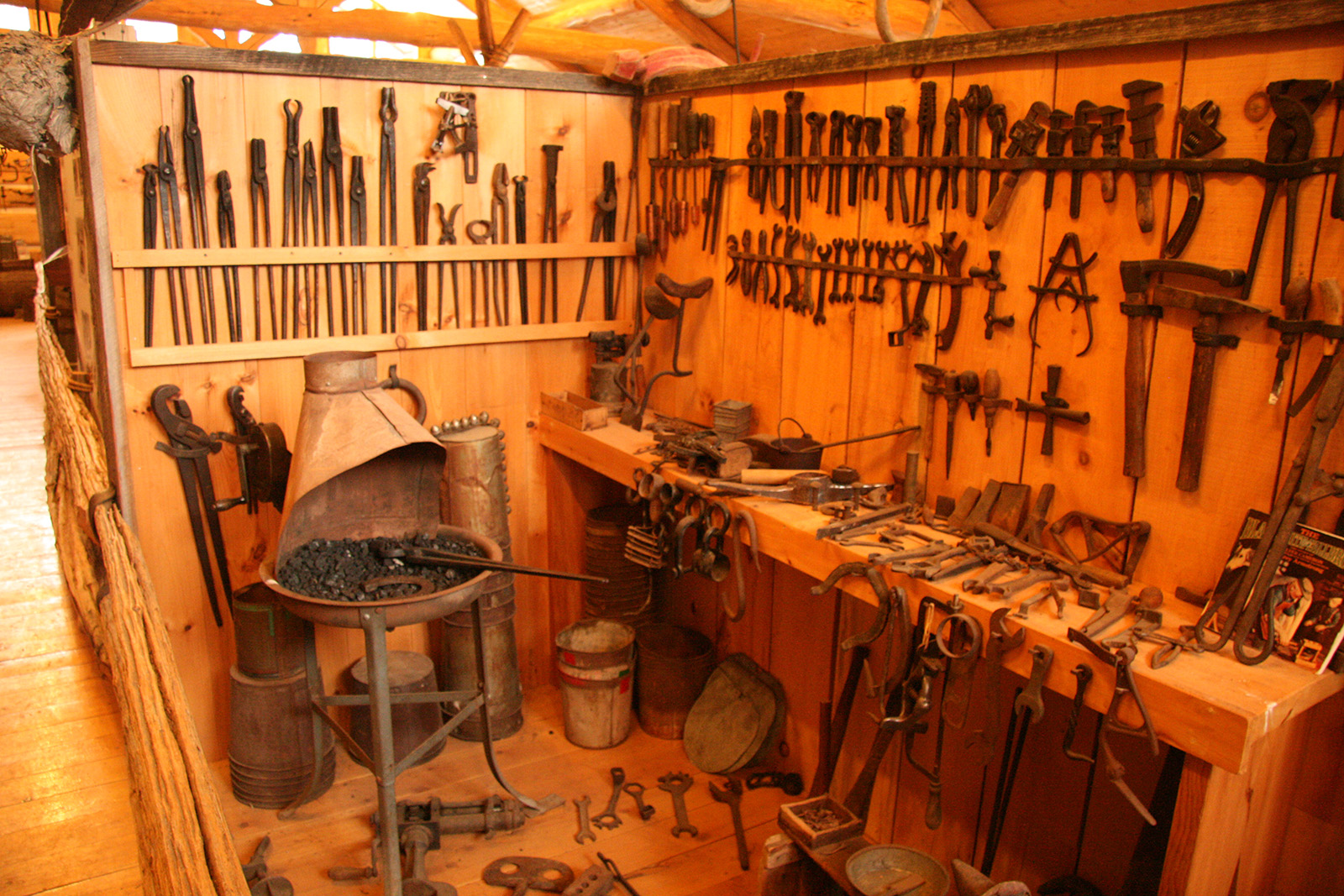
Eventually, flat metal pans took the place of the suspended iron pots and at the end of the 1800’s a Canadian created a pan, the precursor to the modern evaporator, that had channels built into the bottom so that the boiling sap had to follow the channels getting progressively more enriched as it did so. In more recent years connecting the trees with plastic tubing has been replacing the sap bucket making gathering the maple sap simpler. Some of the more progressive producers use vacuum systems to pull the sap right into a large tank at the sugar shack.
Several producers now cater to the tourists and offer tours of the operation, and may even have a restaurant on site where they offer pancakes covered with nature’s sweetest syrup. Of course there will be maple products for sale. Many people take drives into the country to enjoy a visit to a sugar shack.
Canadian Geographic Travel Magazine listed Wheelers Pancake House and Sugar Camp as one of the Ten Best Maple Experiences in Canada, so my wife and I headed off to visit their popular sugar shack in Eastern Ontario, north of highway #7 near the community of McDonald’s Corners.
The maple syrup operation is run by Vernon and Judy Wheeler and their family. They began tapping in 1978 and they now have 14,000 taps and 240 km of plastic pipeline that uses a vacuum system to ensure the quick delivery of the sap to the sugar shack. The fresher the sap is, the better the maple syrup.
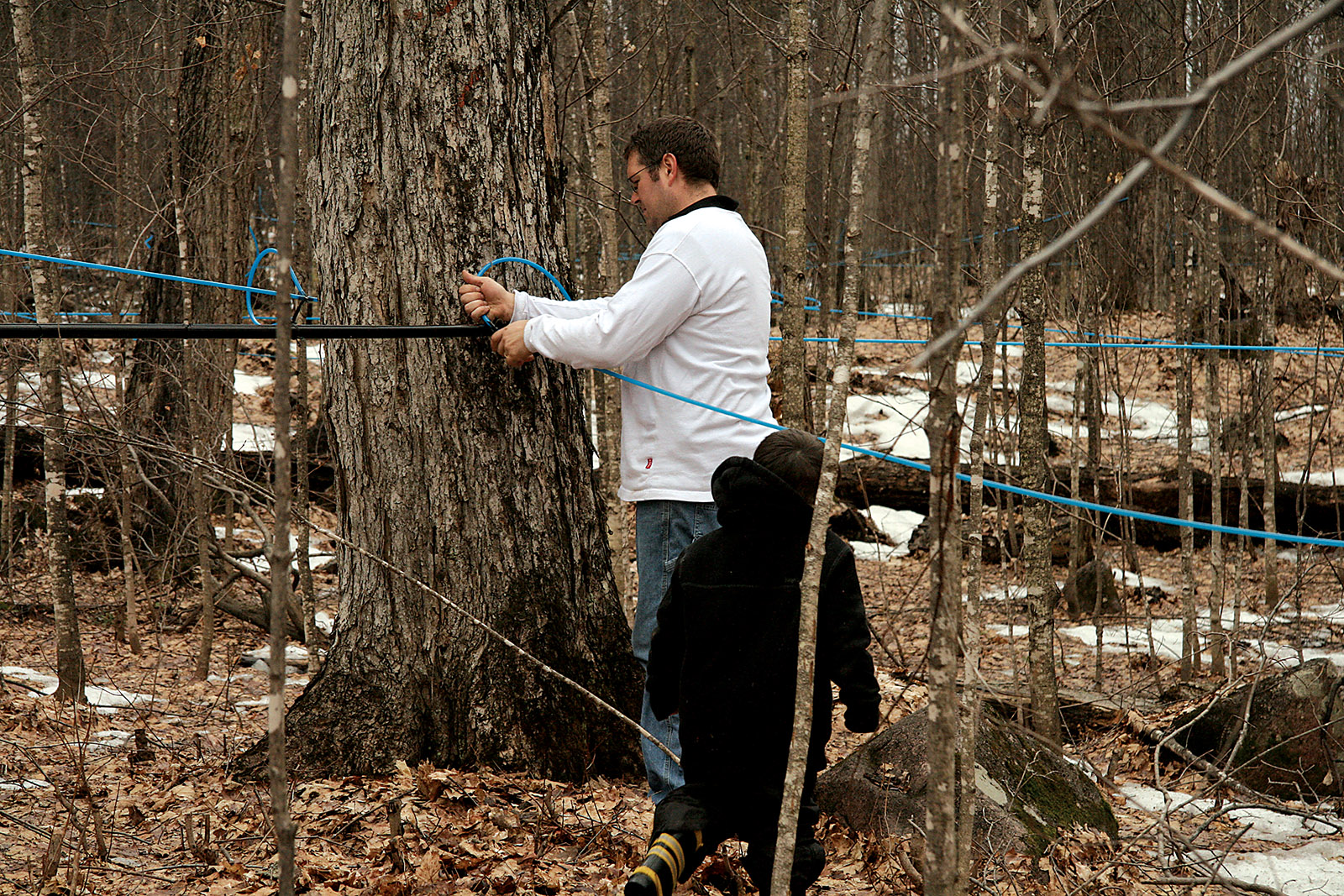
Visitors are always amazed at the rows of large black plastic pipe that pick up the maple sap from the small blue plastic lines that run from the taps on the individual trees. A clear section placed in the black plastic pipe near the restaurant window lets you see the sap shooting through the pipeline.
The Wheelers built a new Pancake House and Sugar Camp in 1996 in a location within the forest. This is a beautiful open concept building built of the logs salvaged from 6 different old barns, and lumber sawed from trees taken from their forest. At one end there is a massive stone fireplace rising to the roofline making the room a cosy place to eat and relax with friends.
In an adjoining room you can see the massive evaporators where the sap is converted to maple syrup. Visitors are welcome to take a short sleigh ride through the sugar bush during March break and some weekends. If you want to explore there is a variety of trails, the longest being 11km. Many visitors take advantage of the many kilometres of cross country ski trails and if you want there are a limited number of snowshoes for your use. You could learn to be a real northern snow traveller. The trail built on the old K&P Railway, fondly known as the Kick and Push Railway, is usually well groomed for snowmobiles, and a side trail takes you right to Wheelers.
Their Maple Heritage Museum is sure to be a hit with adults and children too. Vernon Wheeler has spent a lifetime collecting items associated with producing maple syrup. There is a large collection of sap buckets ranging from wooden buckets to those made of metal that during the war had been intended for use by the petroleum industry and were already painted with the company’s logo and name.

The museum is filled with old sugar moulds, spiles for the trees, beautiful bottles, as well as a replica Indian sugar camp showing how they made their sugar products. There is a simulated cooper’s shop showing how they made wooden barrels and buckets in the past.
Of interest to me were the perfect dovetail joints in the huge logs that make up the walls of this building which has a lofty pine ceiling. These cedar logs retain their outer dark colour for the exterior of the building while on the inside they were shaved revealing the bright wood underneath.
In 2008 the Federal Government announced the designation of Maple Products as a Nationally Significant Heritage Event and will place commemorative plaques in three places throughout the Maple Tree Belt of Ontario. One of these will be placed in Wheelers Maple Heritage Museum.
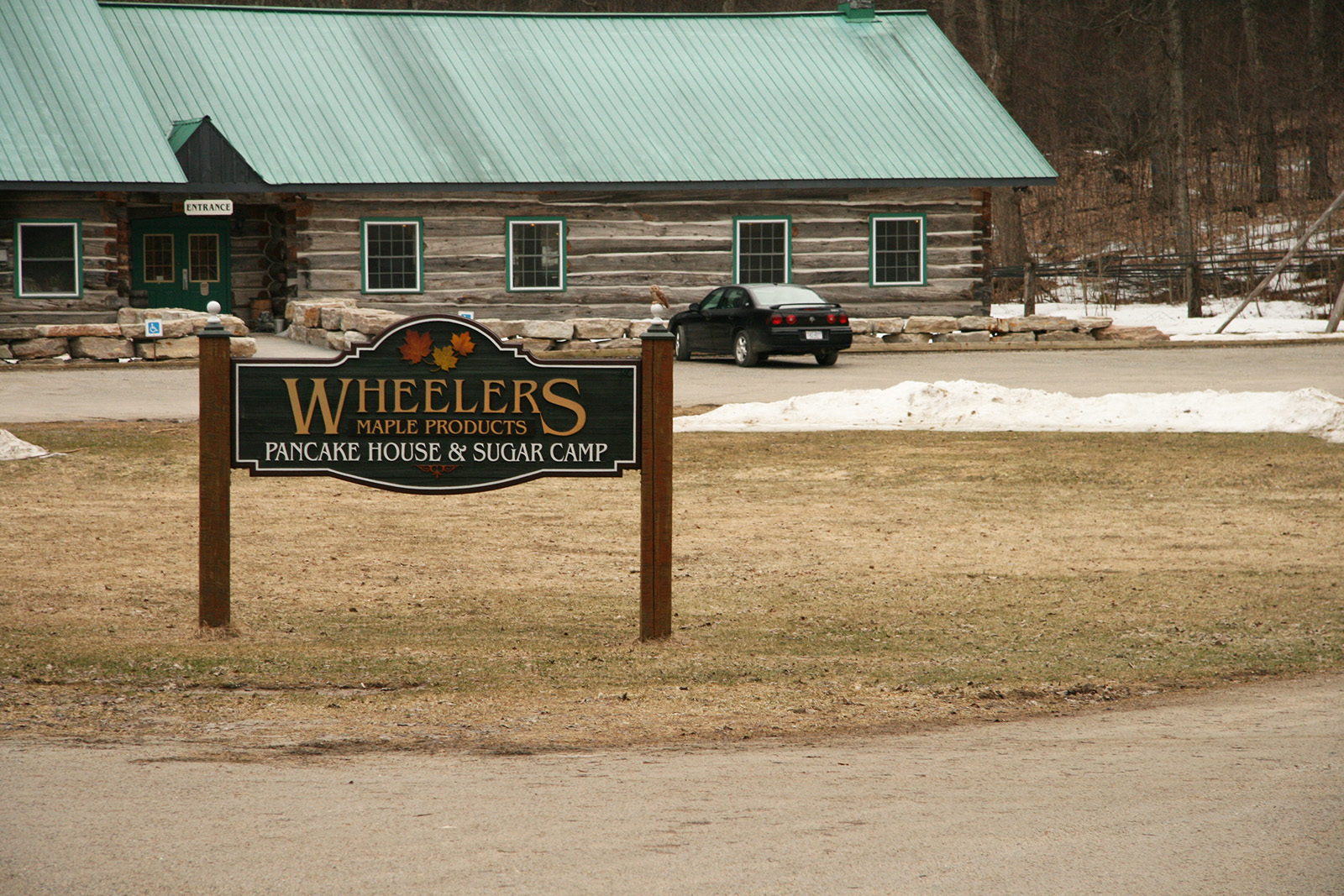 Wheelers are open all seasons. In summer and fall you can use the 14 km of nature trails that ramble through their large acreage wandering through the sugar bush, stands of white pine, and wetlands where the beaver have their houses.
Wheelers are open all seasons. In summer and fall you can use the 14 km of nature trails that ramble through their large acreage wandering through the sugar bush, stands of white pine, and wetlands where the beaver have their houses.
The Pancake House will be open and perhaps daughter Kristin will be there to serve you some nice thick pancakes and syrup edged by some juicy homemade maple sausages.
If you take the drive, it’s best to follow their signs. Tom Tom and other GPS devices may take you through some small roads that you would rather avoid.
You could make your trip to Wheelers a part of a larger visit to Lanark County. The rural nature of the drive is relaxing, and the small towns are known for historic and architecturally pleasing buildings. Since Wheeler’s restaurant is open year round, you could make this maple syrup landmark a stop on an extended camping trip through this beautiful county – don’t pass up the chance to spend some time on their hiking trails.
Maple syrup production is older than Canada, and still going strong. Enjoy a visit to a maple sugar farm or Conservation Authority as spring makes its appearance. Who knows what treats you may take home!
To help you plan your Maple Syrup Adventure…
http://www.lanarkcountytourism.com/
Check out these campgrounds:
http://www.casawinaticampground.com/
James Stoness is also author of ‘Touring North America’, a series of travel guides on CD to help you plan your trips across North America. Visit his website at www.stonesstravelguides.com


